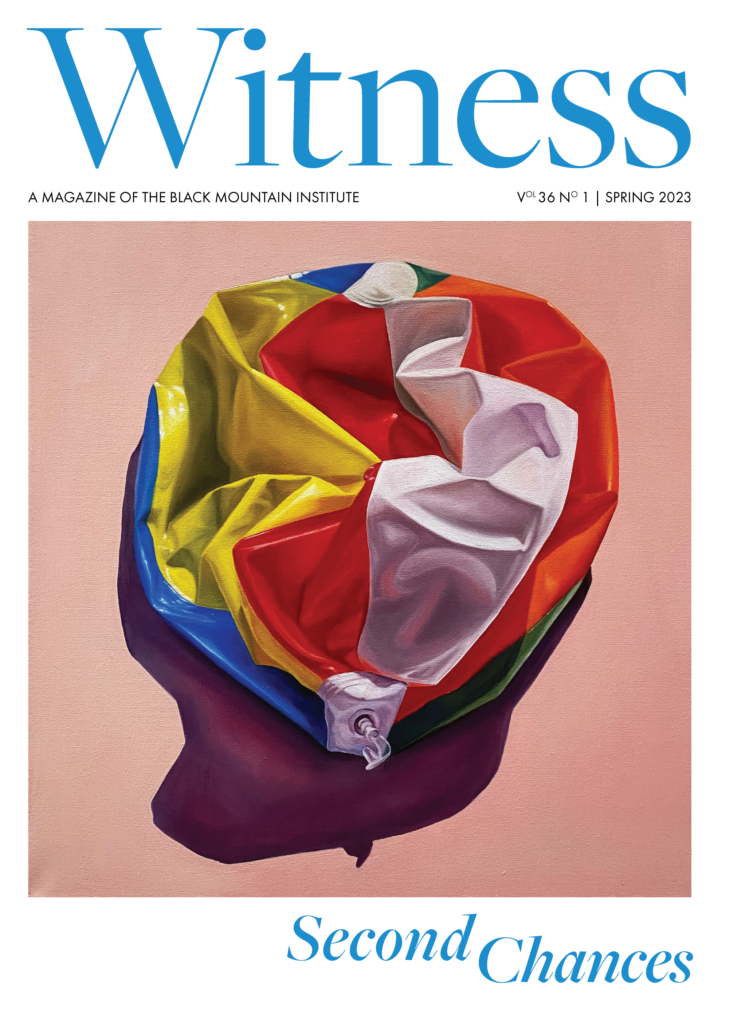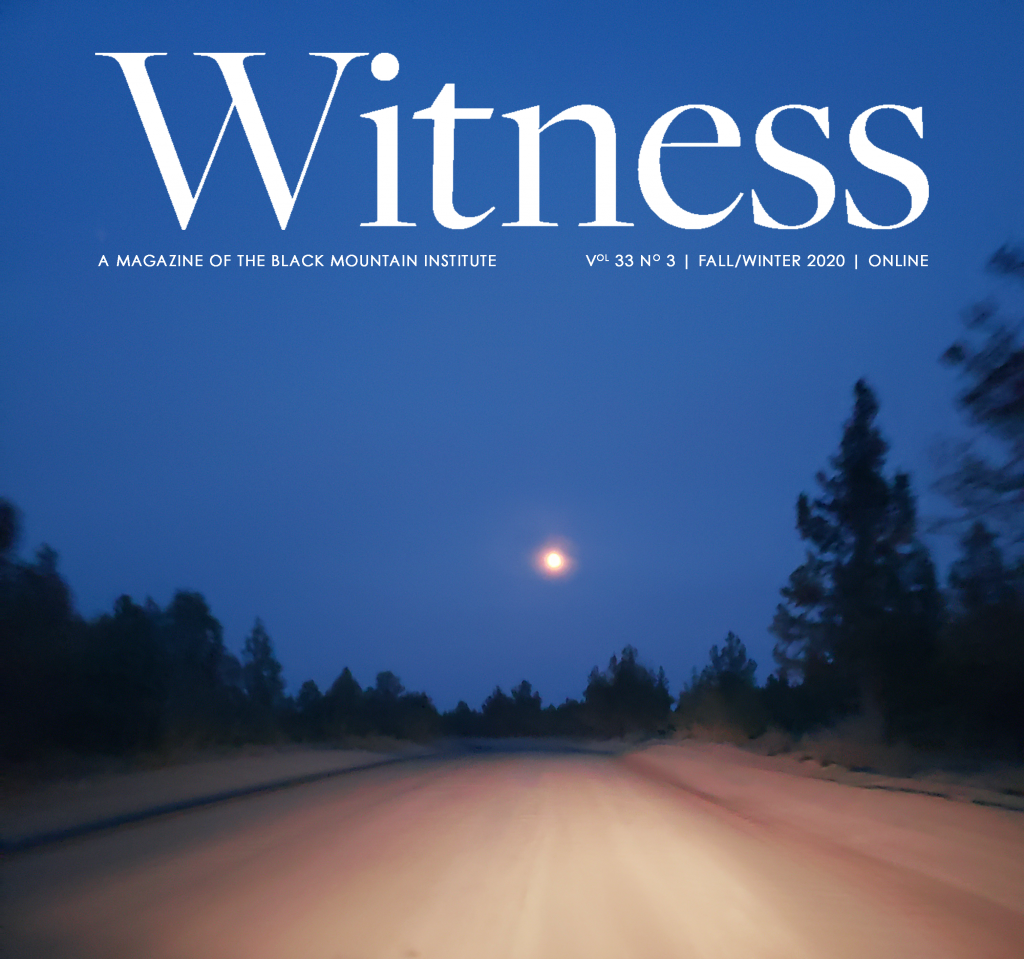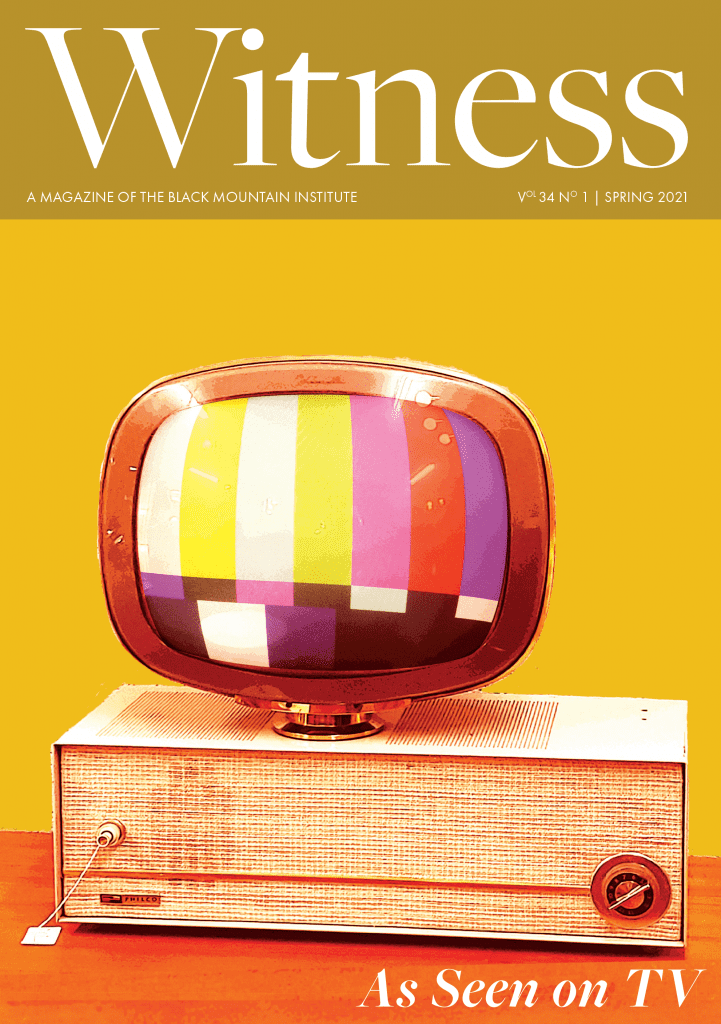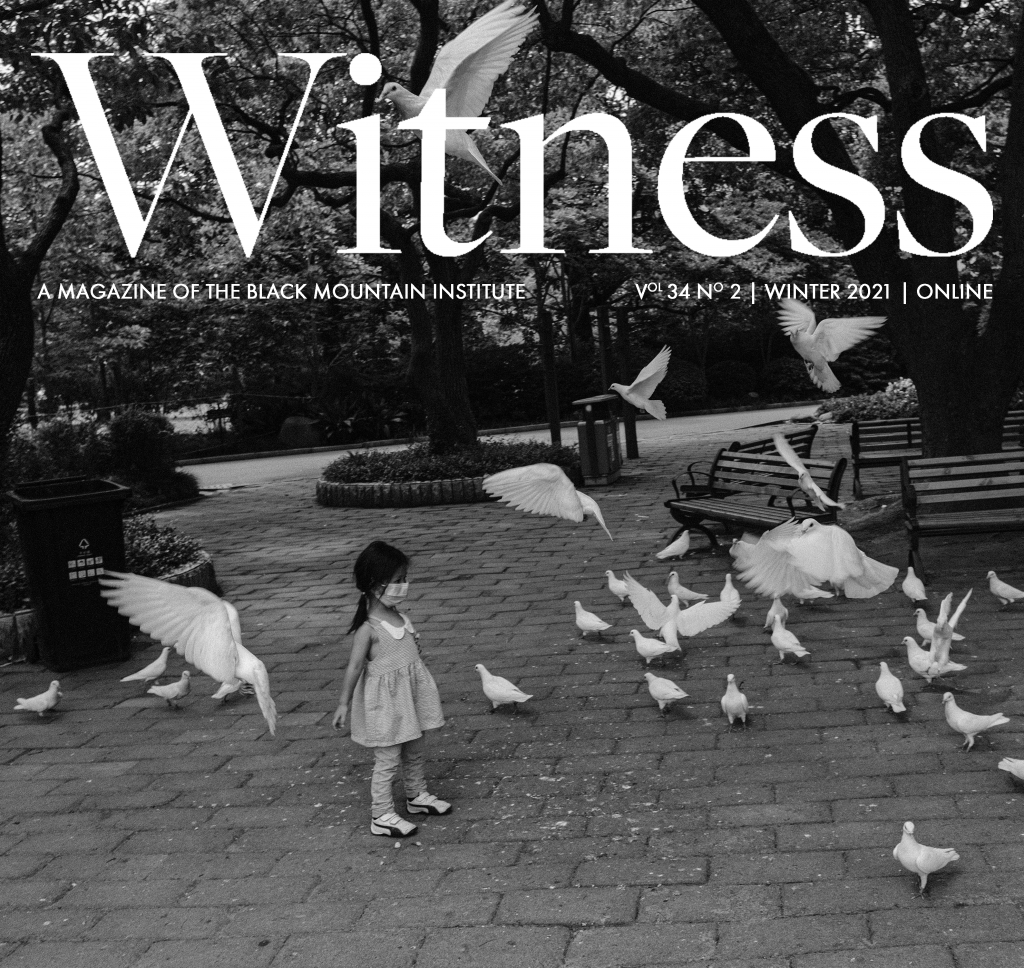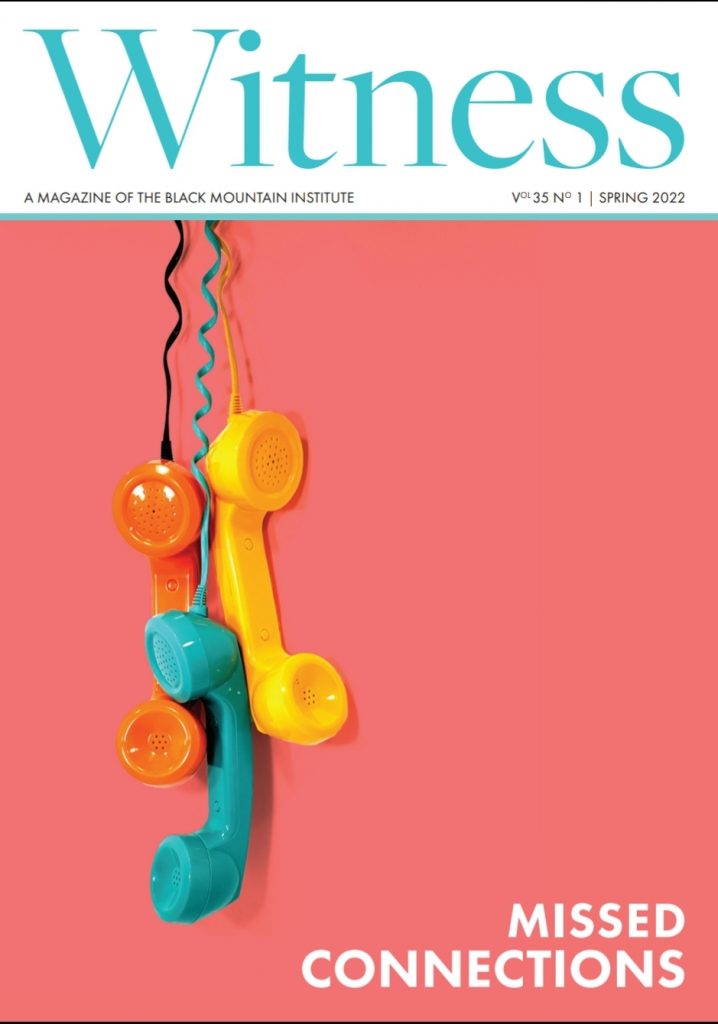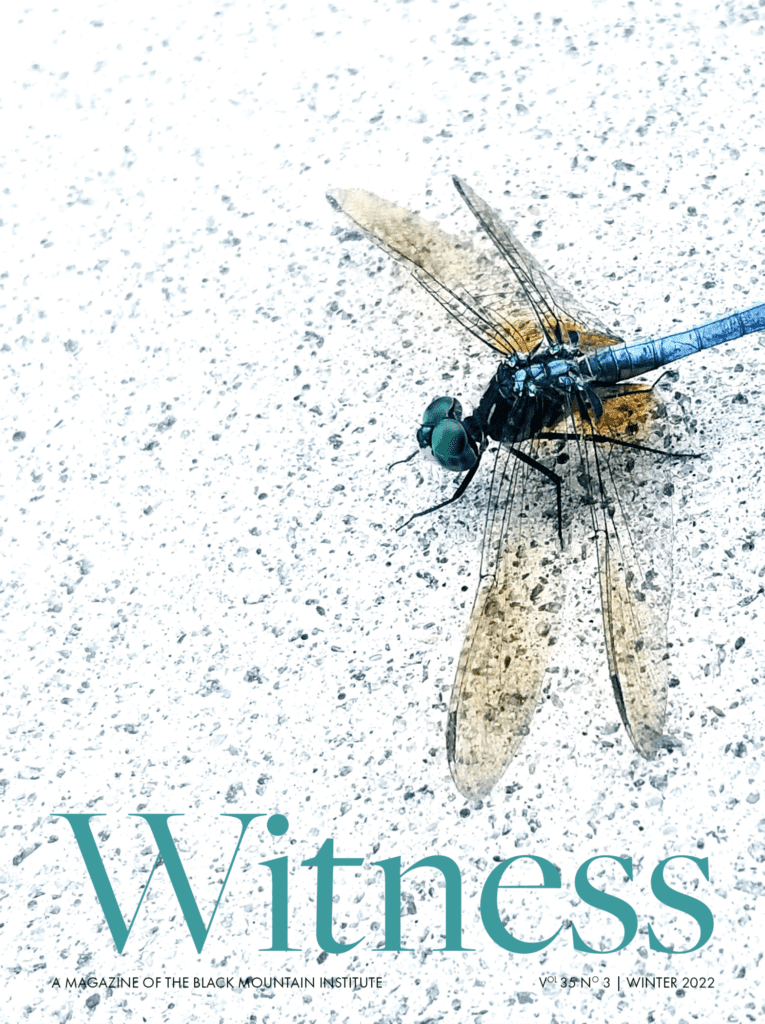Recently, I’ve been writing a number of essays on the subject of race. Sometimes, in these essays, I’ve started out with an investigation of the conflicts over race between whites and various minority groups before I move on to discuss my particular position and the position of Asian Americans. However, when I plug in “Asian American male” into the place where I’ve been plugging in Black or even Latinx or Native American, it is as if the ground falls out from under me; I feel like I’m writing—and standing—on quicksand. It’s as if I have no stable basis upon which to make the arguments and observations I’m making.
What I’ve noticed is that as I pass over into Asian American issues, and especially when I move into specific issues concerning Asian American males, the tone of the writing becomes not just more defensive but its very tenor changes—a tone of farce, irony, and the mode of pastiche starts to creep in as my mind floods with certain images and stereotypes: Mickey Rooney’s yellowface in Breakfast at Tiffany’s, Long Duk Dong in Sixteen Candles, Ken Jeong’s Leslie Chow in The Hangover, or even Steve Harvey’s “joke” that no one wants to date an Asian Man because it’s like eating Chinese food and thirty minutes later you’re hungry for real food. And so, while I may start the essay in a standard tone of intellectual inquiry, the closer it comes to my own particular concerns, the authority of that tone, its air of rational and disinterested inquiry, begins to leave me—or I begin to leave it. Instead, I enter into a tone and a prose which is more like some of the performance pieces I do, which rely more on humor and self-mockery, on parodies of existing social and literary conventions.
Some questions that arise for me now are these: Have I fallen victim to stereotype threat? Have I so inculcated the dominant white culture’s image of me and my racial situation? Have the voices of mockery embodied in the stereotypes of Asians and Asian Americans become such a part of my psyche, that I cannot hear my own self think without automatically seeing that image, automatically hearing those voices? Or am I simply being overly paranoid, a state which of course is quite conducive to mockery and satire?
These questions are not mutually exclusive. When I consider them, I can see ways in which they can all be true. I’ve written about being an Asian American male and the issue of race and sexuality in the past, but I wonder if there are factors I have not considered, factors which might be helpful in conducting my inquiry here (even if, as I sometimes feel, the whole enterprise will be for naught).
So, this is the subject of my essay, which I can finally get to now after all this throat clearing—How is Asian American masculinity constituted? What does it mean to be an Asian American heterosexual male? How do I read my identity and how do others who are not Asian American males read it?
In considering these questions, I have come up with two general theses:
One, Asian American masculinity presents itself as a question and challenge to white American heteronormative masculinity; this is a challenge which white society—and indeed the rest of society—cannot entertain without completely undermining and taking apart the basic principles of sexual identity through which mainstream society functions.
Secondly, Asian American masculinity, like other forms of American masculinity, cannot be understood without considering gay masculinity and its challenge to heteronormative masculinity.
I will start with the second thesis.
Recently, I participated in a staged reading of “Prop 8,” a play based on the suit by a California lesbian couple and a gay couple contesting the constitutionality of the amendment making the ban against same-sex marriage part of California’s state constitution. The staged reading was for a benefit for Families United, the organization opposing the anti-gay-marriage amendment in Minnesota.
In the reading, I played Dr. Hak-Shing William Tam, a conservative Christian minister and head of the Traditional Family Coalition. Tam was one of the leading proponents of Prop 8 and organized Asian American Christian congregations against the amendment. Dr. Tam made a series of nonfactual arguments against gay marriage. For instance, he argued that gays and lesbians were interested in legalizing pedophilia, and he asserted that when gay marriage was legalized in the Netherlands, the Netherlands then legalized polygamy and incest.
In court, when Dr. Tam was asked where he got his information about the Netherlands, Tam replied, “It’s in the internet.” The lawyer defending Prop 8 had put forward a number of witnesses during the deposition, but only one of those witnesses showed up for trial. Dr. Tam was among the no-shows, which prompted plaintiff laywer David Boies to say “Dr. Tam went on the lam.” Boies goes on to suggest that one of the reasons for Dr. Tam’s reluctance to testify was that while he and other pro-Prop 8 witnesses felt comfortable spouting falsehoods and junk science in their ads or public appearances, the witness stand is “a lonely place to lie.”
In preparation for my brief role, I looked up Dr. Tam’s deposition testimony on the Internet. Tam is a middle-aged Asian American man who wears his hair flat across his head from a part on his left side. He wears black wire-rim glasses, and he speaks with a Chinese accent. His manner on the stand is low key, quiet. Given his appearance, his accent, and his manner, he does not come across to an American audience as a strongly heteronormative masculine presence. My guess is that Dr. Tam is probably not aware of this reading of his person, or the history of stereotypes concerning Asian/Asian American men which make up the genealogy of such a reading. As an immigrant from Hong Kong, he likely grew up with images of Chinese masculinity. At the same time, he’s obviously imbibed conservative Christian views on homosexuality.
My intuitive response to Dr. Tam’s demeanor and appearance is that he reads as Asian and nerdy, a stereotypical connection. Growing up, I rebelled against this stereotype, despite doing well in school. In order to play Dr. Tam, I would have to comport myself with a body language which did not convey American aggressiveness or self-assertion. I would have to ungel and unruffle the more contemporary cut of my hair. I would don glasses, a generic and unfashionable tan sports coat and tie. I would speak with an accent. I would be stifling all the ways I’ve consciously learned to convey a heteronormative masculinity that goes against the effeminate, nerdy stereotype of Asian/Asian American males.
Of course, whether my efforts in this area have been successful is not clear. Recently, for instance, at a literary conference, a young literary agent said she immediately assumed I was gay when I said I was active in theater. “Asian? In the theater? Geez, I must be gay,” I told her. In reply she made a half-hearted effort to defend herself from the accusation of stereotyping.
When they did the Hollywood benefit staged reading of Prop 8, Brad Pitt played the judge, George Clooney played David Bois, Martin Sheen Ted Olson, and Kevin Bacon the attorney defending Prop 8. George Takei, of Sulu and Star Trek fame, played Dr. Tam. A Japanese American, Takei is one of several actors in recent years to have come out of the closet. In the reading, Takei did a fine job, but to my eyes, his presence seemed a bit too direct, a bit too assertive when compared with the real Dr. Tam.
When I was growing up, the most famous Asian American actor was the Japanese American James Shigeta. I was particularly struck by two of his films dealing with interracial romance. In Bridge to the Sun, he plays a Japanese diplomat who marries an American woman played by the glamorous Carroll Baker. In The Crimson Kimono, he plays a cop with an American accent who wins the white woman in a love triangle with his white best friend.
It was only years later that I found out Shigeta is also gay.
In a recent New Yorker article, “Love on the March: Reflections on the Gay Community’s Political Progress—And its Future,” Alex Ross remarks on role playing and drag as aspects of gay male identity and their relationship to “the role of women”:
Feminist critics have long detected misogynist mockery in drag acts
and in gay men’s howling response to melodramatic scenes that
were not intended to be funny, such as Joan Crawford’s verbal
annihilation of her aloof, ingrate daughter in “Mildred Pierce.”
[Gay theorist David] Halperin, like many before him, sees a
more complex identification at work. Crawford maintains a
flawlessly high pitch as she gyrates between “feminine glamour”
and “feminine abjection,” and the typical gay male viewer may feel
at home at both extremes: so many gay kids work at presenting a
perfected surface to the world, and so many are hounded by the
fear that some grotesque exposure will tear it down.
At the same time, the plunge into abjection can be liberating—
“the politics of emotion,” Halperin calls it, of “losing it,” of
“righteous, triumphant fury”…. Furthermore, as the feminist
theorist Judith Butler has argued, these extravagant diva turns,
and more particularly, the drag acts that perpetuate them, reveal
the artificiality of conventional gender roles, the “hyperbolic
status of the norm itself.” As Halperin puts it, “every identity
is a role or an act.” It’s just that straight male-performance
is granted instant authenticity. Super Bowl Sunday, seen from
a certain angle, is a pageant as intricate and contrived as the
annual invasion of the drag queens on Fire Island.
Ross is arguing that the traditional definitions and roles of “female” and “male” can be viewed as performative, rather than being constituted by some internal and never changing essence. In his book Gaga Feminism, gay theorist J. Jack Halberstam suggests that Lady Gaga was exposing the artificiality of gender roles when she took on her persona as “Jo Calderone,” at the 2011 MTV Video Music Awards, where Jo was presented as Lady Gaga’s boyfriend.
Seen in this light, the definition of gender becomes a hall of mirrors. A person of either sex can look and perform the “traditional notions,” that is, the aspects of behavior and appearance used to designate male or female, as well as straight or gay. But here appearance can be deceiving; it may or may not indicate whether the person is straight or gay.
As Ross observes, many gay kids “work at presenting a perfected surface to the world”—that is, a heterosexual surface; they perform heterosexuality. At the same time, they live in fear that their “act” will be exposed. It’s not a leap to surmise that gay Asian American actors like George Takei or James Shigeta learned early on how to perform heterosexuality and would be skilled at doing so.
But there is a difference between a gay man portraying a heterosexual man, and a gay man playing a woman. In the former, the gay male attempts to erase any behaviors that “signal” gayness and performs behaviors that “signal” heterosexuality. But the gay male performer in both cases is biologically a male. When a gay male takes up drag and attempts to portray a woman, he can never—unless he surgically chooses to do so—remove the biological characteristics which make him a male. This, it seems to me, is part of the reason why drag carries with it, in our culture at least, the note of parody. The performance of drag cannot ever be “granted instant authenticity” because the performer’s difference cannot ever be completely erased.

